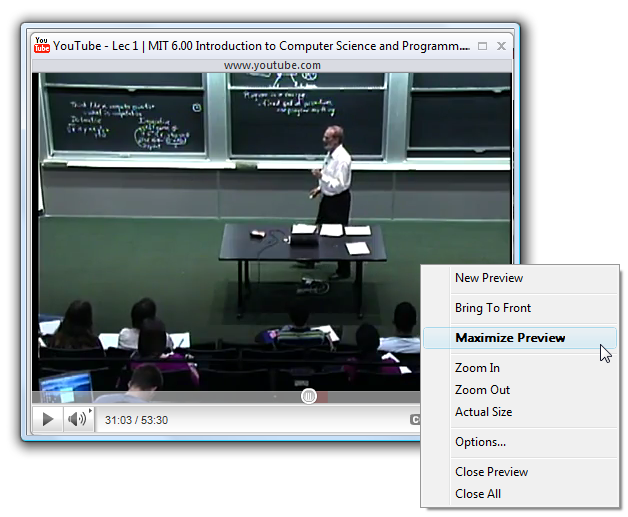
My 35mm 1:2.0D developed this problem in 1999 after only a couple of years. This means Nikon’s design and/or production methods are substandard for these lenses. And sometimes the blades become oily even if the lens is properly stored.

Once the oil is on the blades, the aperture can be slow to close which causes overexposed images or the blades will not close at all which means you can only shoot properly exposed images wide open (maximum aperture). The oil originates from the grease used to lubricate the focusing mechanism and if the lens is subjected to excessive heat or stored with the rear facing down then the oil works its way onto the blades which make them stick. Most lenses can develop this problem, but these three lenses (as far as I know) are the most problematic in Nikon’s line of lenses. This lens, along with the AF 35mm 1:2.0D and the AF Micro 55mm 1:2.8, is more prone to develop oil residue on the aperture blades than other lenses.


How to disassemble and reassemble a Nikon AF 20mm 1:2.8D lens in order to clean sticky aperture blades


 0 kommentar(er)
0 kommentar(er)
